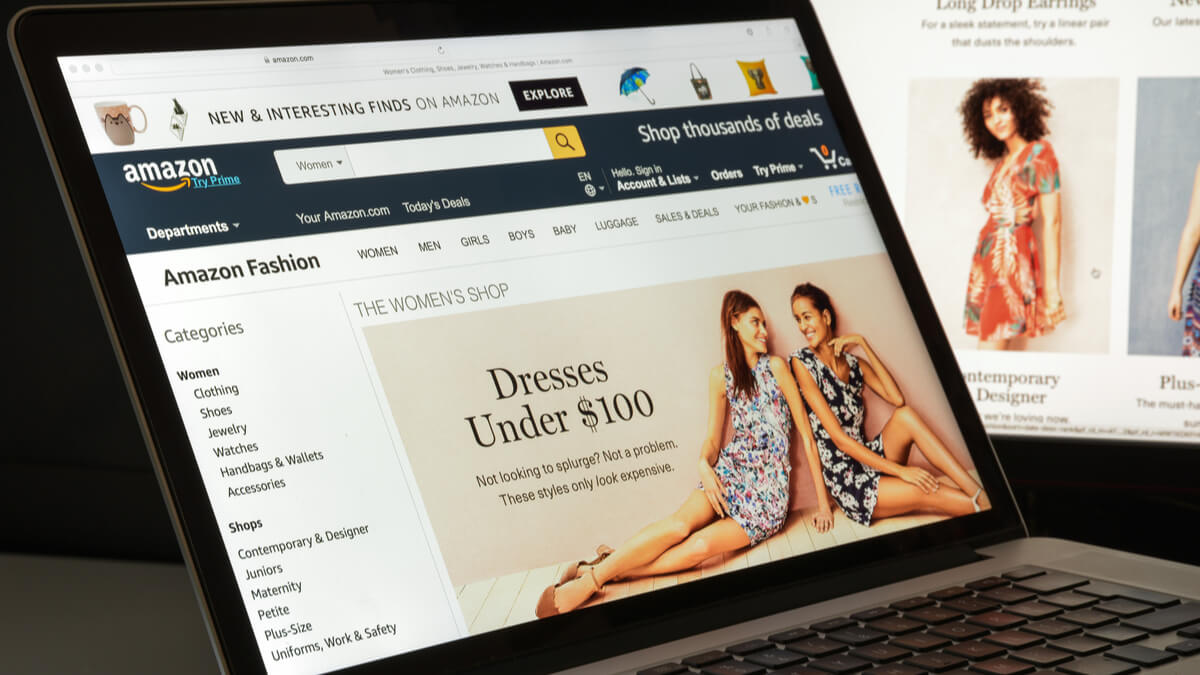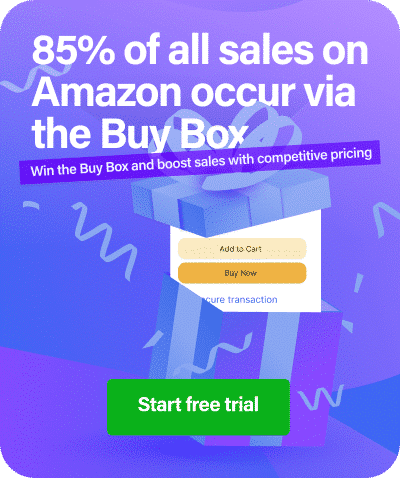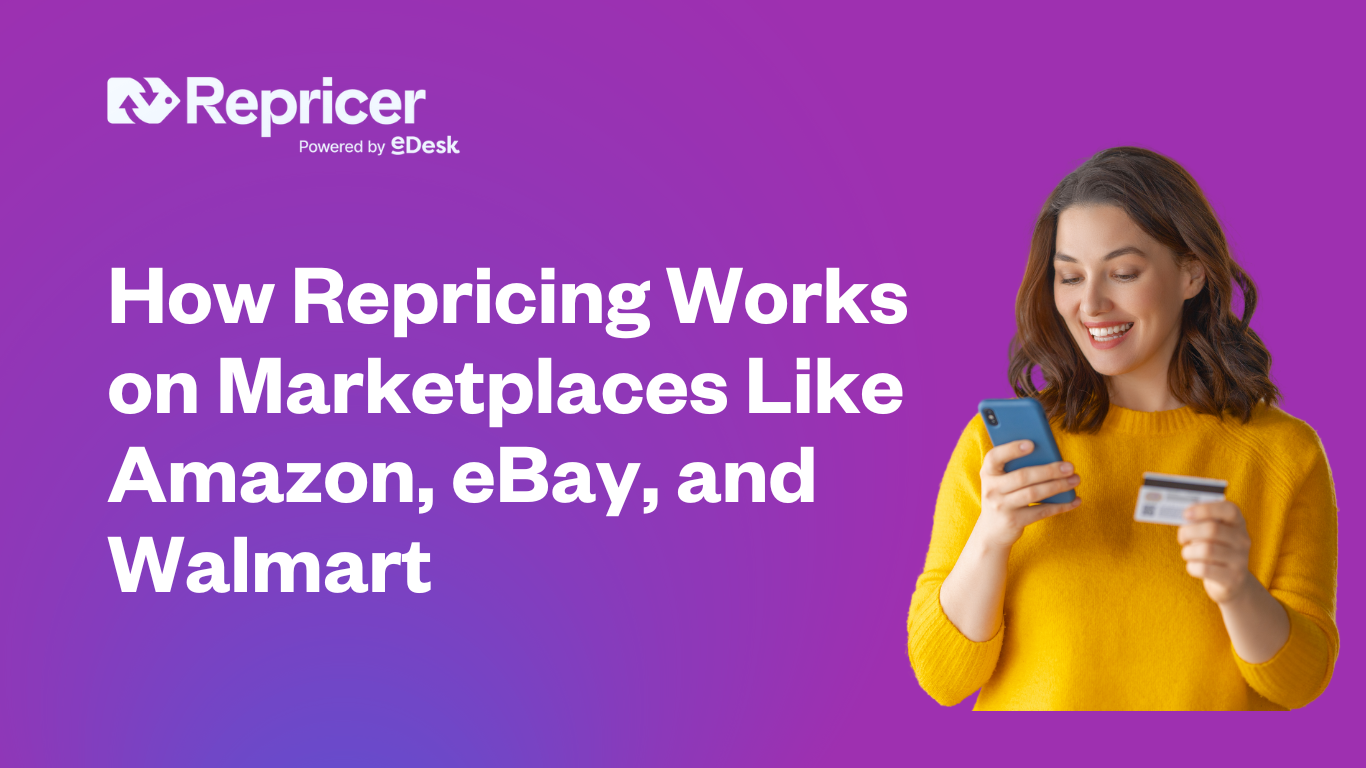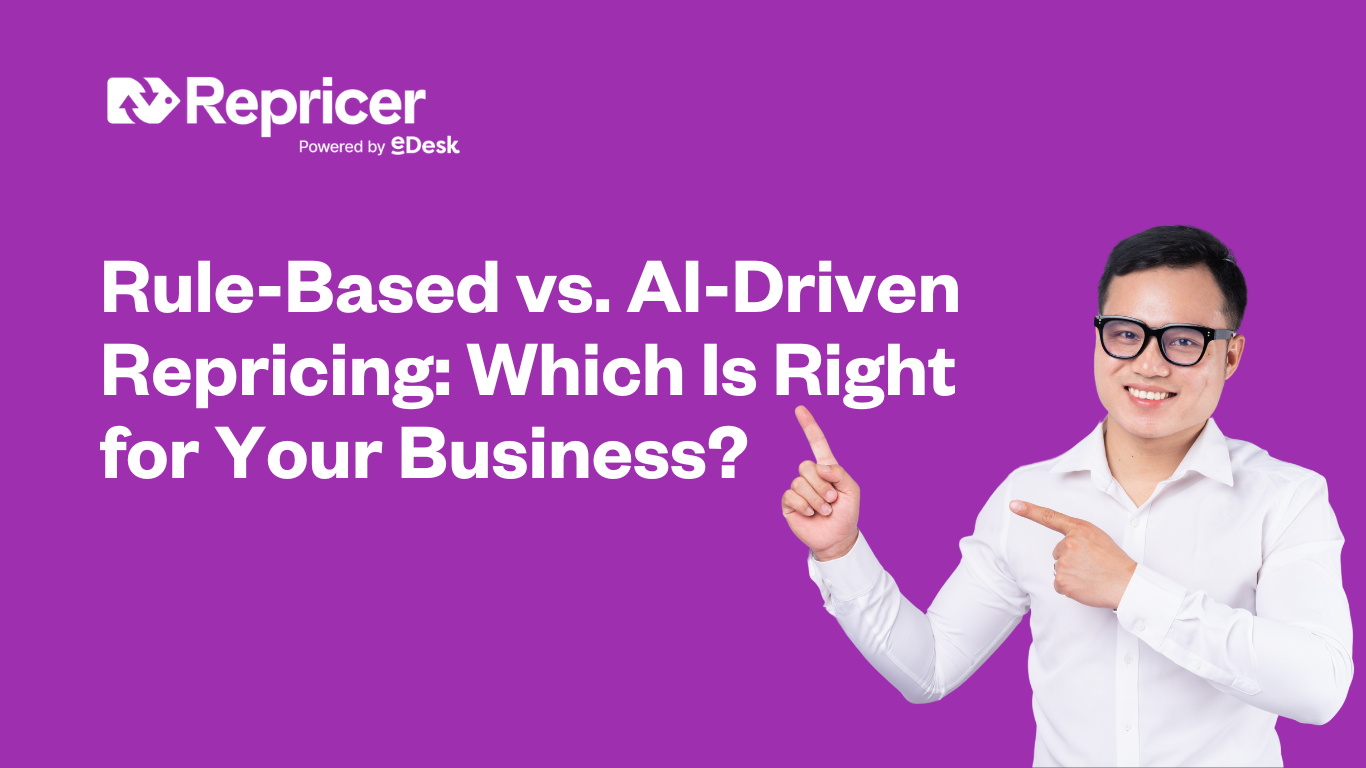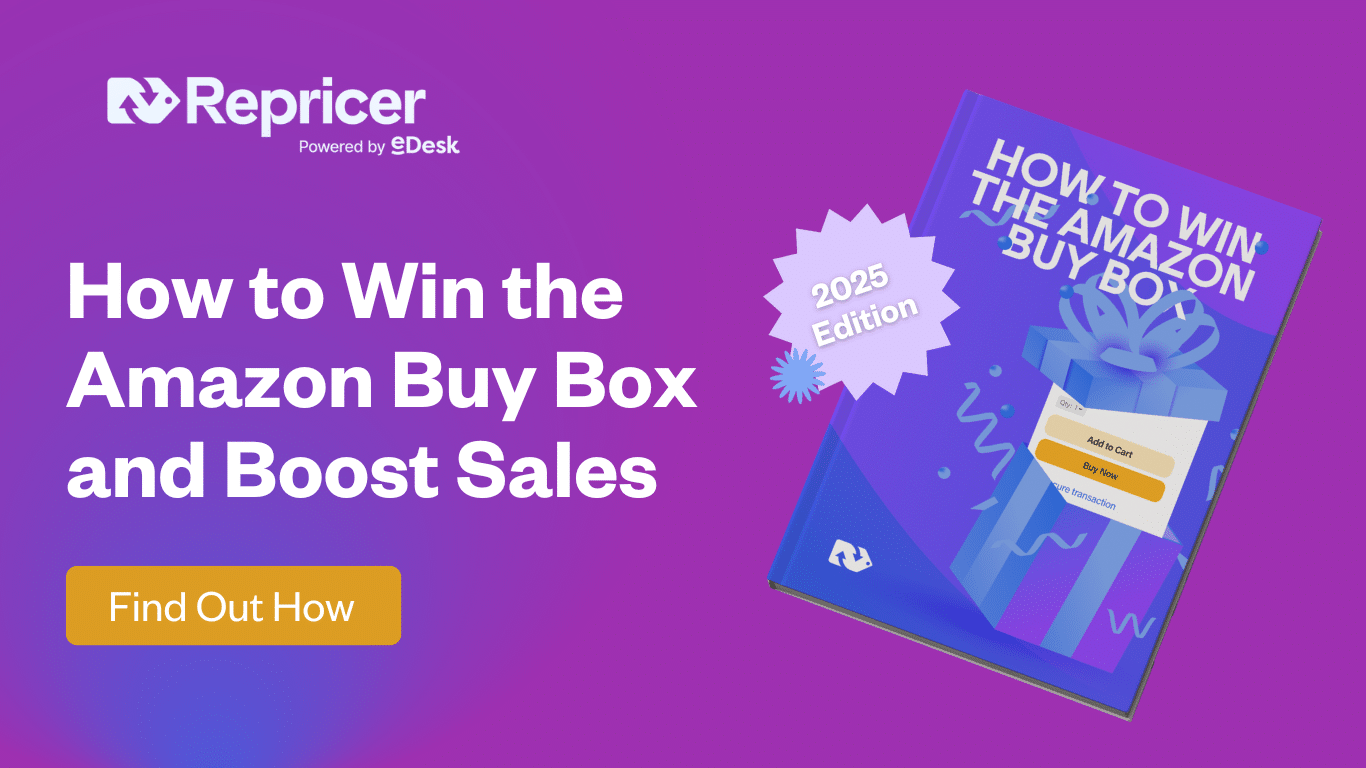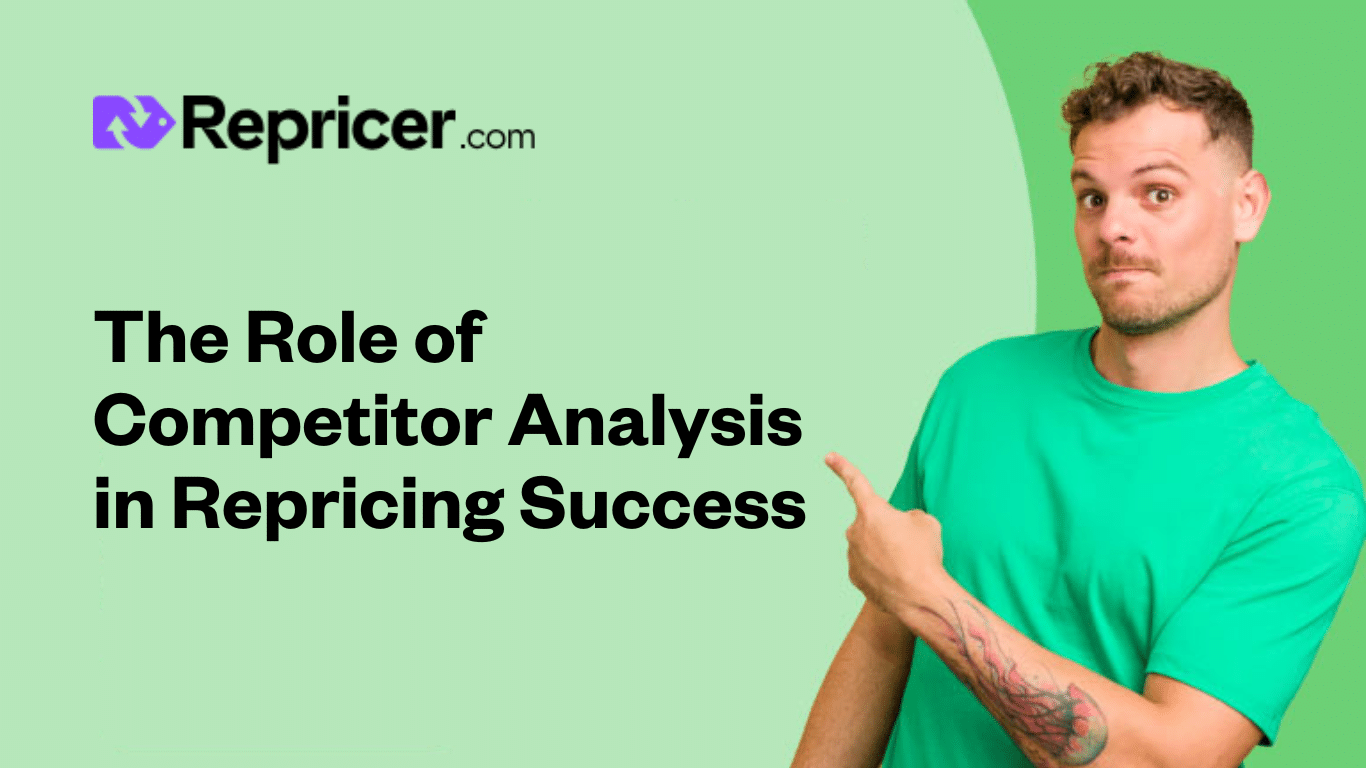There are over two million sellers currently active on Amazon. With so many sellers, the competition within the marketplace is extremely stiff! But that’s where Amazon Sponsored Products come in.
Consumers on Amazon are ready to buy and sponsored products are the best way for ecommerce companies to reach them.
If you have ads plastered all over Facebook, Instagram or eBay promoted listings, then adding Amazon advertising to your repertoire is the next obvious step. But even if you’re new to online advertising, sponsored ads on Amazon are a great place to start your strategy.
An introduction to Amazon Sponsored Products
Amazon ads work in the same way as Google’s. Users simply enter a search and the most relevant organic results appear, along with some sponsored ads.
Amazon sellers who want to promote their products can set up campaigns to make sure their ads appear when certain keywords are searched for. Like with Google Ads, users only pay a fee when someone clicks through.
Types of Amazon ads
Amazon offers three types of self-service advertising options to sellers. These include sponsored product ads, sponsored brand ads and sponsored display ads.
Amazon Stores is also listed as an advertising option. This free feature simply allows sellers to create on-brand, multi-page storefronts in Amazon and is definitely worth spending time on – particularly, if you plan to use the sponsored brand ads mentioned below.
1. Sponsored Product Ads
Amazon sponsored product ads appear at the top, to the side or within Amazon search results, as well as throughout individual product pages. They boost the visibility of particular products and drive Amazon users to product pages.
To take advantage of these ads, your products must be eligible to win the Amazon Buy Box, meaning they must be competitively priced and you must have an excellent track record.

2. Sponsored Brand Ads
More extensive than product ads, Amazon’s sponsored brand ads help introduce new shoppers to your business. They usually feature a logo which links to your Amazon storefront and, sometimes, they feature a selection of products from your range.
Amazon sponsored brand ads are an investment in your brand awareness. If users click through, they’re likely to remember your name and browse your products. These ads are ideal for brand-focused businesses who want to build long-term loyalty, rather than just one-off conversions.

3. Sponsored Display Ads
Amazon now offers sponsored product display ads, which allow sellers to extend their reach to third-party apps and websites. Right now, this option is still in beta testing so it is only available to certain sellers.
While sponsored product ads and brand ads use keywords to target shoppers, this new option is different. It directs ads based on people’s behaviour. You can target:
- People who’ve viewed your product pages or similar product pages without making a purchase
- An audience with a demonstrated interest in your product’s niche
- People who’ve bought something, which your product could complement. For example, if someone just bought paint, they might see an ad for your company’s paint brushes

Other types of Amazon ads
For those investing big, Amazon also offers further display, video and custom ads options – as well as an opportunity to programmatically run ads through the Amazon DSP.
These premium ads are more visually appealing and appear throughout Amazon and its network of third-party platforms. These ads can be used to promote businesses which don’t sell products on Amazon. However, they require a budget commitment of at least $35,000.
Whereas Amazon’s self-service options require a minimum budget of just $1 per day. Let’s take a closer look at Amazon’s self-service, Cost-Per-Click ads.
Should I use Amazon sponsored ads?
While Google has search data at its disposal, Amazon knows all about online consumers’ shopping habits. This means Amazon sponsored ads can be extremely relevant to users, encouraging conversions.
The figures on Amazon sponsored ads
According to advertising tool Ad Badger, businesses spend an average of 34c on Amazon ads to make $1 in sales.
It would appear that retailers are pleased with this level of return, as a recent study showed that 40% of retailers believed sponsored ads on Amazon have a better ROI than ads on Google or Facebook.
Amazon sponsored ads do seem to have a higher conversion rate than other platforms. Merkle’s Digital Marketing Report for 2019 found Amazon significantly outdid Google Shopping.
Of course, whether or not you invest in sponsored ads on Amazon will depend on your budget and business model. If you’re operating within very tight margins, it may not be suitable.
Ad Badger says the average Cost-Per-Click of Amazon Ads was 97c in 2019. Whereas, ecommerce merchants spent an average of $1.16 per click on Google search ads and 45c per click for ads within the Google Display Network. This should give you an idea of how other sellers allocate budget relative to other PPC channels.

The secondary benefits of Amazon sponsored ads
Running Amazon sponsored ads is more than just an investment in paid ecommerce marketing. It will also give your organic listings a boost as well.
Amazon’s Buy Box algorithm prioritizes products which get sales. When sponsored ads on Amazon increase a product’s sales, they will then increase this product’s organic rankings too.
1. Manual or automatic campaigns?
Automatic campaigns are extremely easy to set up. You just set a budget and a Cost-Per-Click bid, then your ads automatically appear in different searches. Amazon does the keyword research for you. Whereas, with manual campaigns, you do keyword research and choose your own match types.
New advertisers who have no idea where to begin should try an automatic campaign. Then, after a couple of weeks, this campaign will be able to provide keyword data which can inspire future manual campaigns.

2. Match types
For manual product and brand ad campaigns, you choose keywords to bid for and then select broad, phrase or exact keyword matching.
This determines if your ads will appear when someone searches a broad term related to your keywords, or if they only appear when a precise phrase is searched. Exact matching will increase conversion rates and lower spending, but it requires constant monitoring and revision.
3. Dynamic bidding
For sponsored product ads, you can optimize your campaigns by allowing Amazon to adjust your bids automatically. Based on the likelihood of a conversion taking place, you can set up your account to bid higher or lower based on the circumstances.

If you have the time, manual ad campaigns are well-positioned to help you reach your specific ecommerce goals. But it’s your responsibility to continually optimize ads to make sure they are performing to the best of their ability.
Win the Amazon Buy Box and sell more. Sign up for a 14-day trial today. No credit card needed.

